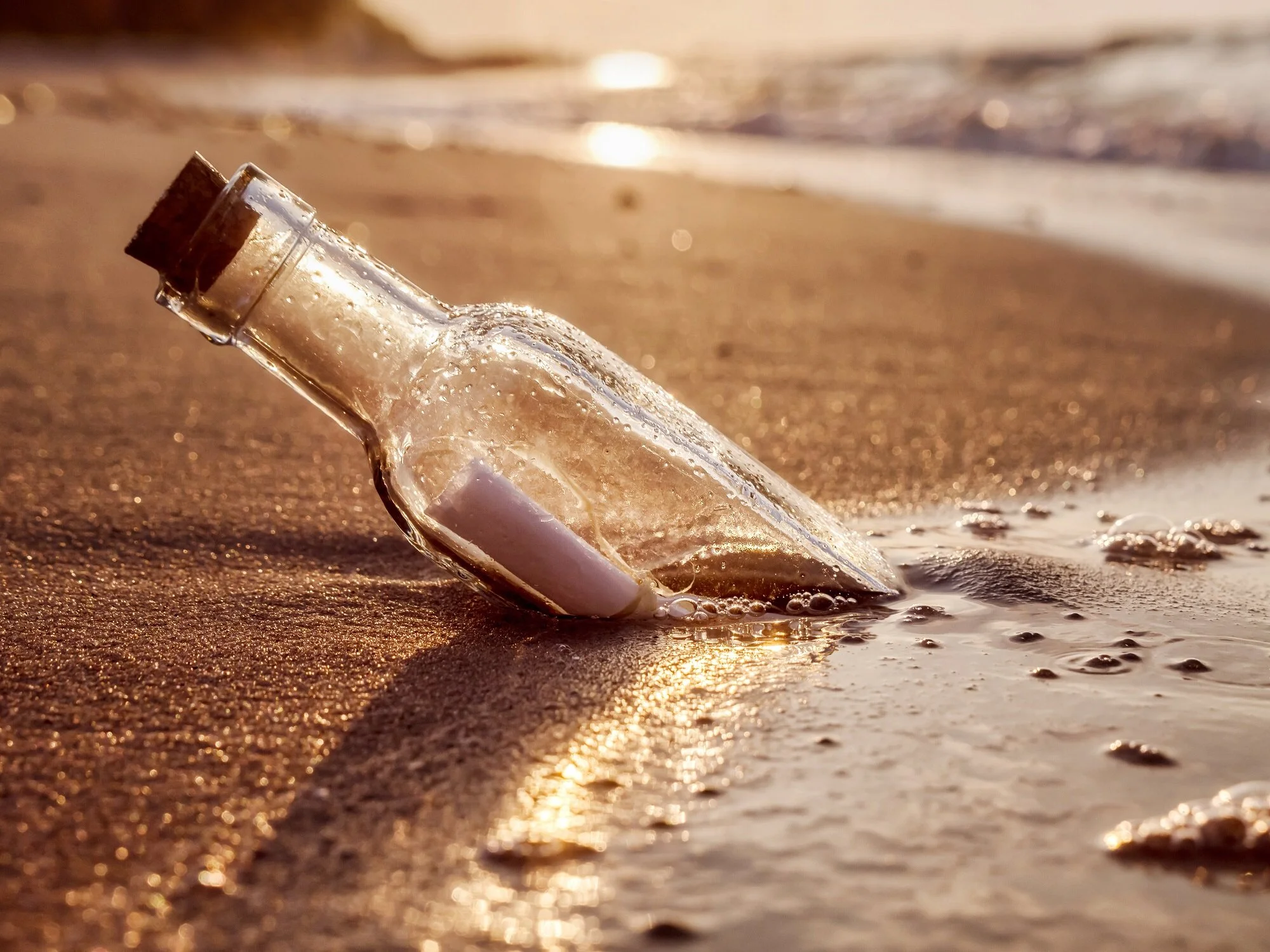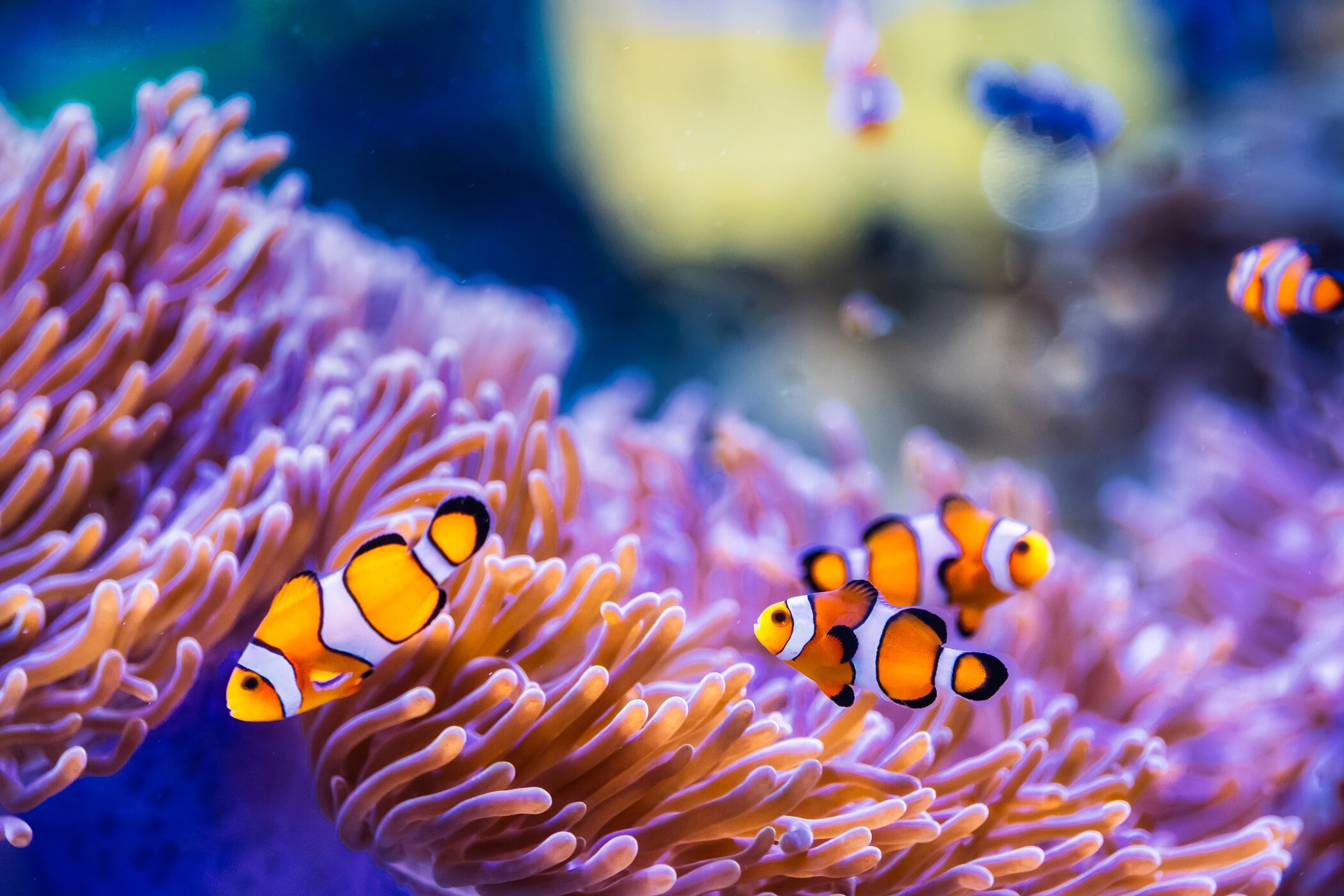In the summer of 2011, panic gripped a small community in Gatineau, Quebec. Hundreds of small, striped insects were buzzing around a children’s playground. The playground was evacuated and entomologists were called in to establish whether or not the animals were dangerous. The answer was no, but it is easy to see why local residents were concerned. The animals that had taken up residence in the playground were hoverflies, a family of harmless fly species that have built up quite an arsenal of tricks to convince would-be predators that they are dangerous.
What Is The Temperature Of The Earth's Crust?
As you may recall learning in geology class, the Earth is made up of distinct layers. The further one goes towards the center of the planet, the more intense the heat and pressure becomes. Luckily, for those of us living on the crust (the outermost layer, where all life lives) the temperature is relatively steady and pleasant.
In fact, one of the things that makes planet Earth habitable is the fact that the planet is close enough to our Sun to receive enough energy to stay warm. What’s more, its “surface temperatures” are warm enough to sustain liquid water, the key to life as we know it. But the temperature of Earth’s crust also varies considerably depending on where and when you are measuring it.
What is the largest desert on earth?
When you hear the word desert, what comes to mind? Chances are, you’d think of sun, sand, and very little in the way of rain. Perhaps cacti, vultures, mesas, and scorpions come to mind as well, or possibly camels and oases? But in truth, deserts come in all shapes and sizes, and vary considerably from one part of the world to the next.
What do aliens look like? The clue is in evolution
Speculating about what aliens look like has kept children, film producers and scientists amused for decades. If they exist, will extra terrestrials turn out to look similar to us, or might they take a form beyond our wildest imaginings? The answer to this question really depends on how we think evolution works at the deepest level.
A 400-year-old shark is the latest animal discovery to reveal the secrets of long life
With an estimated lifespan of 400 years, the Greenland shark has just been reported to be the longest-lived vertebrate on the planet. This is only the latest of a series of recent findings that push the boundaries of animal longevity, and it raises the perennial question of what factors enable some animals to achieve what we might call extreme longevity – lifespans that can be measured in centuries.
Microscopic marine plants bioengineer their environment to enhance their own growth
Humans now drive evolution on Earth, both creating and destroying species
In scientific research on human impact the focus is usually aimed at the extinction of species. Nowadays however, scientists are becoming more and more aware of the fact that trough, for example animal domestication, we have also become a driving force of evolution. This driving force that has led to new species, traits and ecosystems.
Does tapping a can of fizzy drink really stop it foaming over?
Is there life through the looking-glass? The riddle of life’s single-handedness
Australia’s volcanic history is a lot more recent than you think
How events in Panama created the modern world (millions of years ago)
Vanadium: the ‘beautiful metal’ that stores energy
Why ocean scientists hope someone gets your message in a bottle
The world’s oldest message in a bottle recently washed up on the North Sea island of Amrum, in Germany. It was one of 390 such bottles placed in the ocean by scientist George Bidder back in August 1906. During the 110-year voyage, the bottle had travelled just a few hundred miles – hardly a Robinson Crusoe-style call for rescue from a far corner of the globe. But nonetheless Bidder was on to something: such messages were and still are vital for scientists seeking to understand ocean circulation patterns.
Explainer: what dust from the Sahara does to you and the planet
Handle with care – the world’s five deadliest poisons
How the Grand Canyon changed our ideas of natural beauty
Nature’s cheats: how animals and plants trick and deceive
As night closes in across Kentucky a small chubby spider makes a silk line between two plants. She then moves along her “trapeze wire” and waits. After a while a moth approaches within range, and the spider unleashes a swinging sticky ball, ensnaring the moth and pulling him in to be eaten. The attacker is a bolas spider, and she hunts by releasing an odour that precisely matches the chemical composition of female moth mating pheromones. The male moth is lured in, but instead of getting a mate, he gets eaten.
How climate change killed the dinosaurs' underwater cousins
The world’s biggest source of freshwater is beneath your feet
Do fish have feelings? Maybe…
The question of whether animals other than humans can think and feel has been debated for centuries. Most of us would agree that humans have a level of consciousness, loosely defined as an ability to experience thoughts and emotions. But which other creatures have consciousness remains an open and controversial question.



















